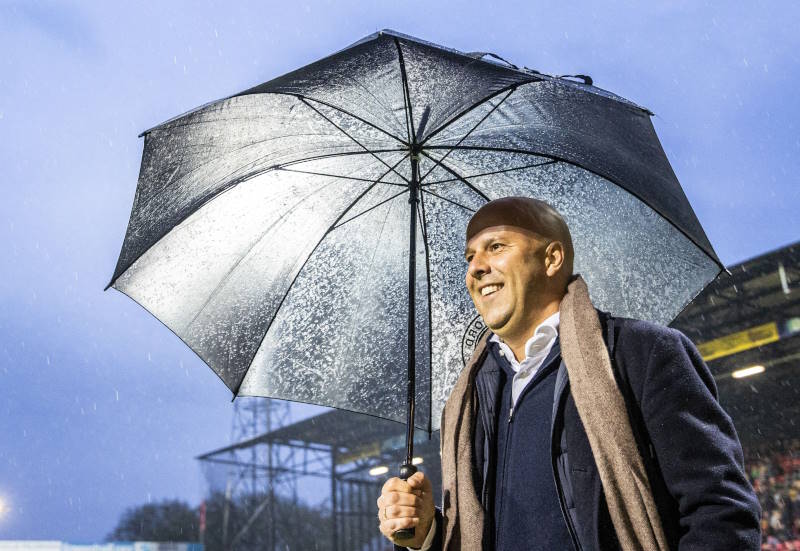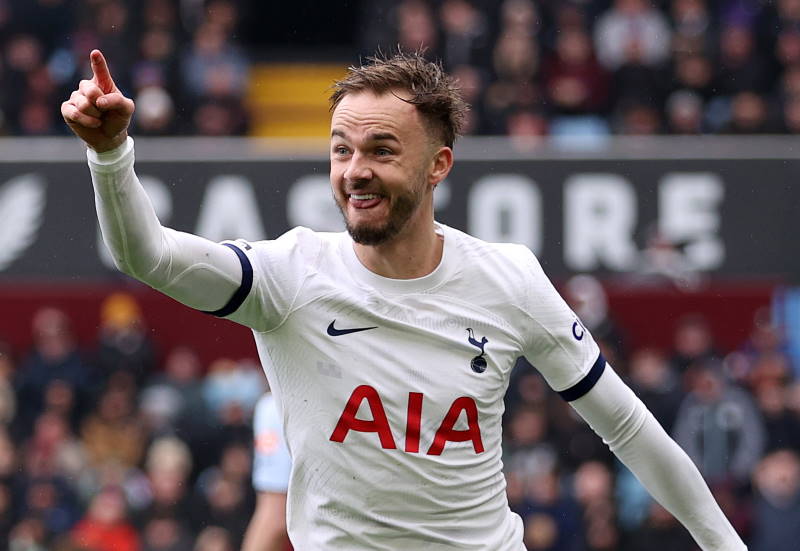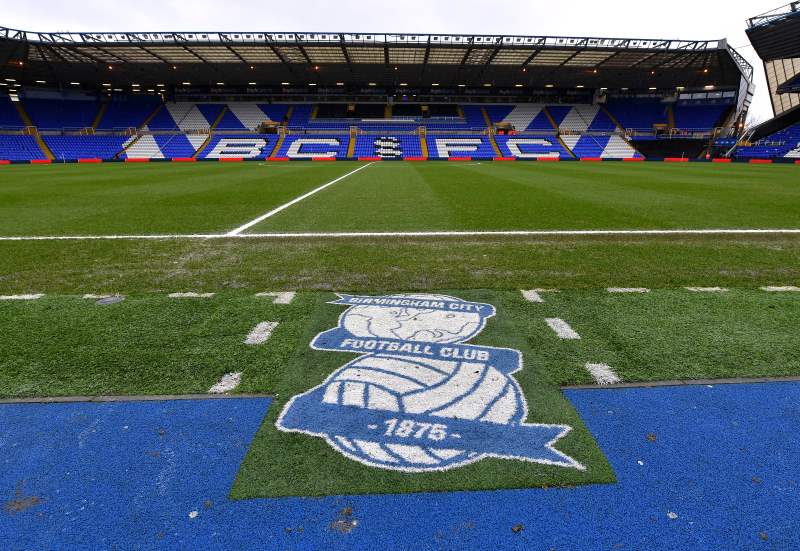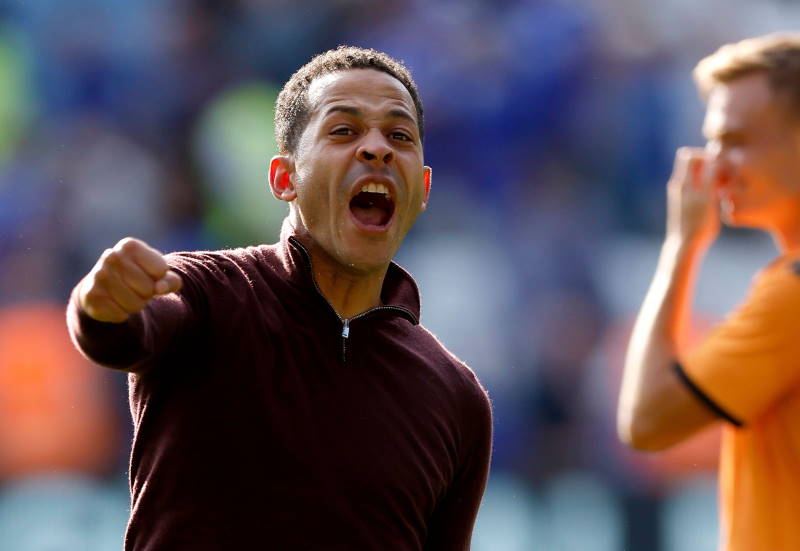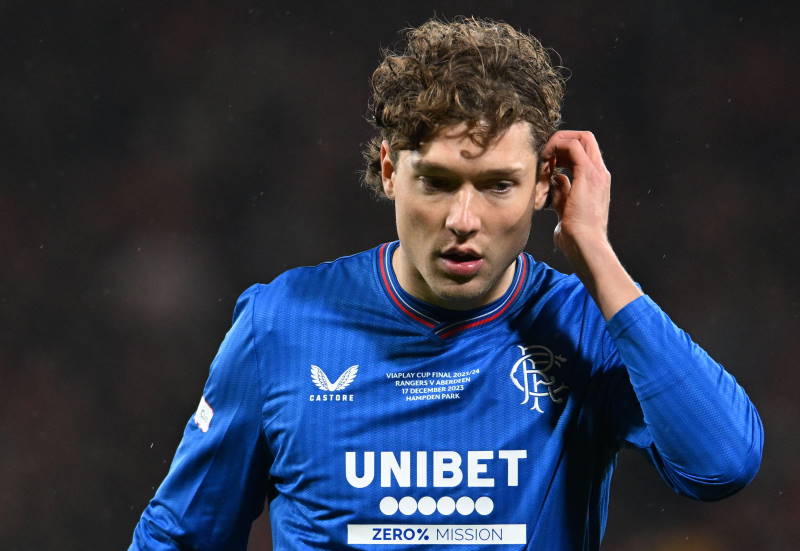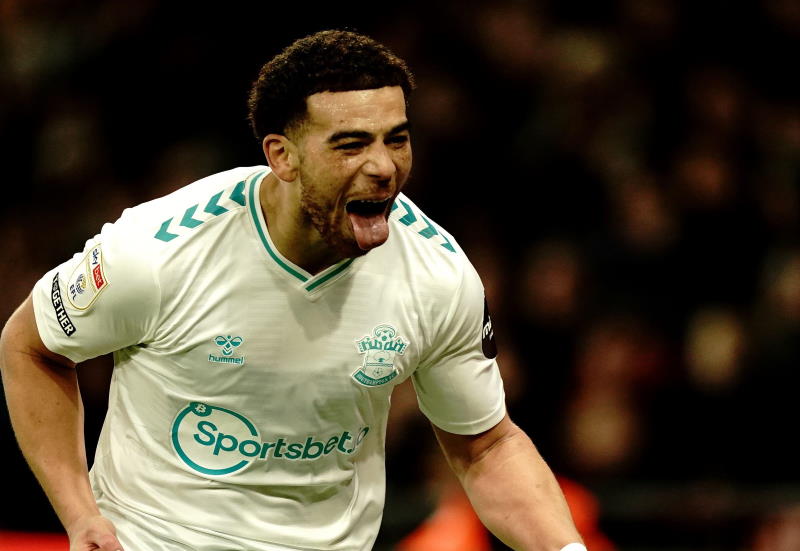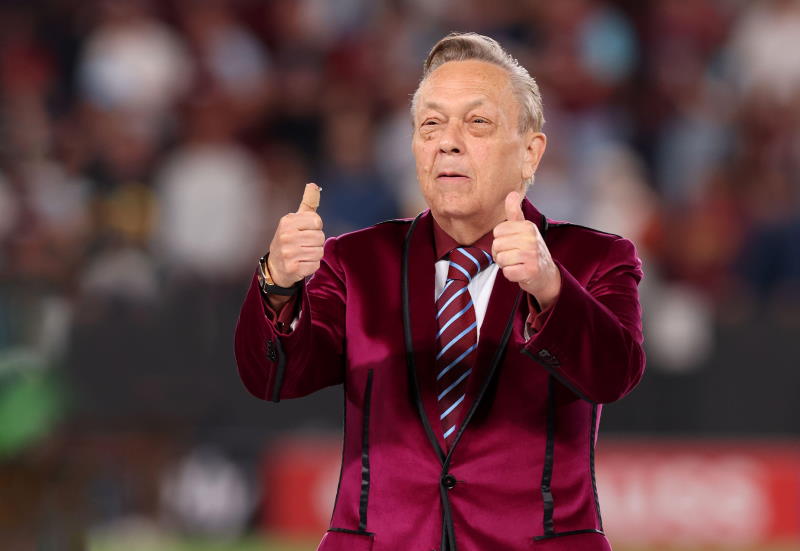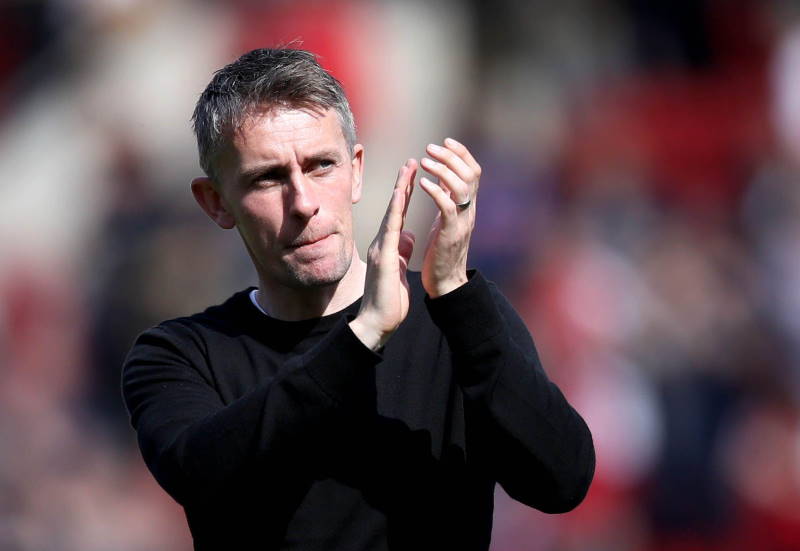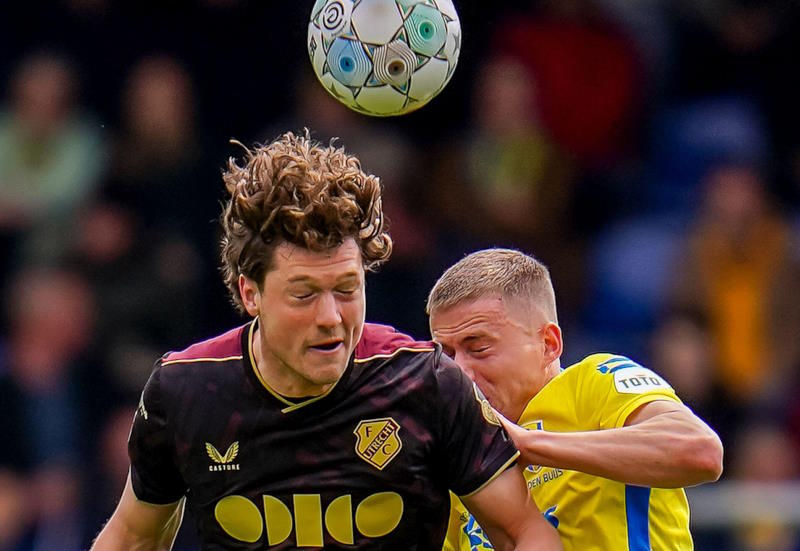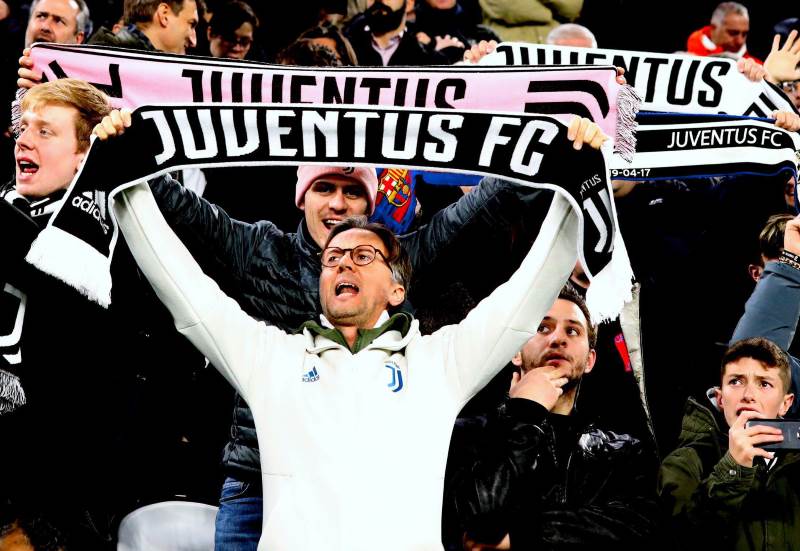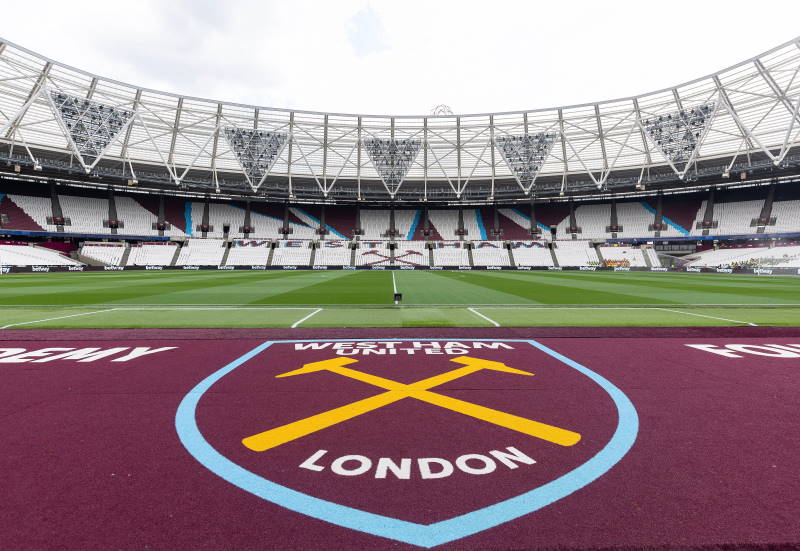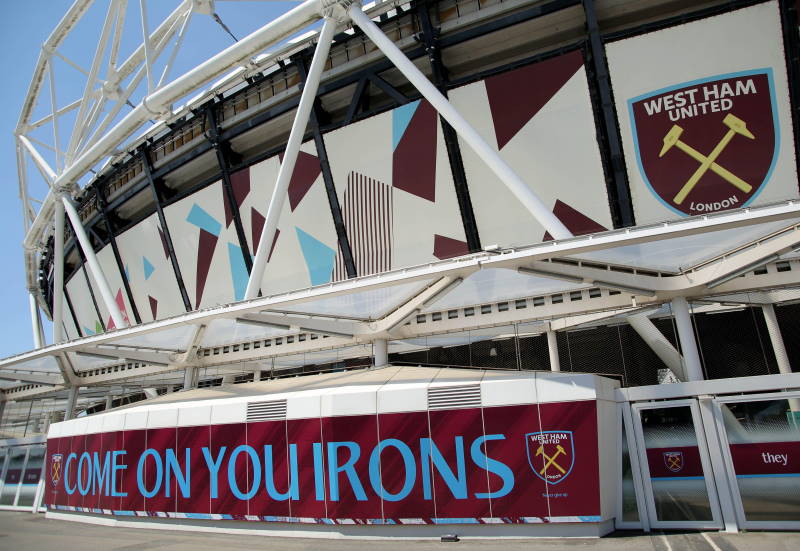
One of the most memorable images of the past decade was a 38-year-old Paolo Maldini lifting the Champions League for the fifth time back in 2007. Maldini would retire two years later, making that night in Athens his last big moment in an AC Milan shirt. And there was a sense that he knew it as he soaked up the atmosphere.
That was AC Milan’s second Champions League final in three years. Though the Rossoneri were struggling to compete for the Serie A title, the likes of Andrea Pirlo, Clarence Seedorf and Filippo Inzaghi found an extra gear on European nights. Maldini too thrived on the competition’s electric atmosphere as they grabbed some big scalps, including Manchester United in 2005 and 2007.
But since 2007, the club has failed to make an impact in the Champions League. City rivals Inter have emerged as the powerhouse of Italian football and the post-Maldini era has brought little to shout about. Just to run salt into the wounds, Jose Mourinho led Inter to Champions League glory last season.
AC Milan’s success in Europe was always centred on the experience throughout the side. It was a group that had played on that stage together for years and knew how to win, especially in the knockout rounds. Canny and organised away from home, the Italians defended stubbornly and relied on flashes of genius from the likes of Andriy Shevchenko, Kaka and Inzaghi on the counter attack.
Back at the San Siro, they played with more freedom, but never recklessly. No midfield duo complemented each other like Pirlo and Gennaro Gattuso, who were both in their prime and enjoyed World Cup glory sandwiched between the two European finals. Regardless of their league form, Maldini and company were the most feared opponent when the elite gathered for European draws.
But age catches up with everyone eventually and, inevitably, the much-discussed and much-delayed rebuilding process began. Initially, the changes were subtle as young Brazilian Alexandre Pato freshened up the strikeforce and Mathieu Flamini was added to the centre of midfield, before new boss Leonardo experimented with more wholesale changes. Marco Borriello, Thiago Silva and Klaas-Jan Huntelaar lowered the average age of the squad, but results were mixed.
The whole process proved more difficult than expected. Finding younger replacements capable of keeping the team in the hunt for silverware was no easy task and AC Milan’s swoop for a declining Ronaldinho sent a clear message that the rebuilding process was on hold. Impatience among supporters and in the boardroom brought the more senior faces back onto the teamsheet.
This season has been no different in that regard. The starting line-up against Bari at the weekend was a reminder that Milan have made little progress in reshaping their squad as the years have passed by, which explains why they are struggling to keep pace with quicker, more athletic teams in Europe. Despite hitting the top of Serie A, in part due to a stumbling post-Jose Mourinho Inter, they are making heavy weather of their Champions League group and no one is mentioning the Rossoneri in the same breath as favourites Barcelona, Chelsea and Real Madrid.
Seven of the side that began the game at Bari were 32 or older, including 34-year-olds Mario Yepes, Alessandro Nesta and Seedorf, and only one – Ignazio Abate – was under 26. The same faces are still clinging to the key positions – Massimo Ambrosini and Gattuso in the midfield engine room, Nesta and Gianluca Zambrotta at the back. Up front, the pairing of Robinho and Zlatan Ibrahimovic is capable of mind-boggling skill, but it is debatable whether the duo represent a long-term solution; the Rossoneri could hardly have picked two players in European football with worse track records of staying with one club for a substantial period of time.
That said, Milan are well-placed in the title race and are finding the net with ease compared to some of the barren years after Shevchenko moved to Chelsea. The Rossoneri are now pace-setters, with Lazio, Napoli and Inter trailing by one, two and three points respectively – but the same question marks remain over the average age of the squad. It is entirely possible that the core of the team will hang up their boots around the same time, exposing the lack of younger talent waiting in the wings.
And so, in effect, the years since that famous night in Athens have been wasted from a rebuilding perspective. Though Milan appear to have rediscovered their Serie A groove, they are moving ever further from competing for Champions League supremacy, which is devastating for their supporters and for the game itself, given the club’s rich history in Europe.
Expectations remain high among fans, but Milan simply do not have the star power or the transfer kitty to compete with the sums that Real Madrid, Manchester City and Chelsea can offer. And while the Italians have taken a few steps backward by failing to gamble on young prospects, other elite clubs have pushed on.
Milan’s connection with the Champions League will remain strong over the coming years, regardless of how they fare, but the current side is not equipped to replicate the success enjoyed in Athens three years ago. It is time to invest in the future and put faith in the next generation of hopefuls, just as Nils Liedholm did when giving a 16-year-old Maldini his first chance in the senior side.
Until the club fully commits to rebuilding, the Rossoneri will not reach another European final.

